While many local students study English at school, the level they leave with is often rudimentary at best, and as few foreign travellers study any Southeast Asian languages at school, it’s not at all unusual to come up against language barriers over and over again while travelling. The simplest way to get around this kind of problem, not surprisingly, is to learn some of the local language.
It’s not as difficult as you may think to pick up the basics, and, as with any language, once you’ve got the basics down, the more you use them the more you’ll learn.
Learning to say “hello”, “thank you” and a few numbers, say one to ten, should be able to be managed on a long-haul flight even by the most linguistically challenged. Nobody is expecting you to be able to debate the value of the Communist Manifesto five minutes after deplaning, but a thank you goes a long way.
If all you really want to learn are the pleasantries and a few numbers then the language section in any guidebook should be sufficient, or a quick Google search will bring you to plenty of online options that will list out the bare bones of any language.
If you want to learn more, and are prepared to make the effort, then for a short trip we’d recommend a phrase book. Our main gripe with phrase books is that they are invariably one way—English to Vietnamese, for example, and so the conversation becomes a bit one way as it is difficult for the Vietnamese speaker to find questions to ask you in return. Both Lonely Planet and Rough Guides produce a number of pocket phrasebooks and these are generally our first recommended option.
If you’re planning a longer trip or this is going to be one of many to a country, then we’d suggest jumping in and getting a more extensive language coursework book. Some of the better regarded ones are listed below. More formal language texts are appropriate for those looking to get beyond “Where is the bus station?” However, before you go and buy a whole collection of learning texts, consider how much time you have to put into serious language self-study.
Pimsleur Direct has an excellent reference dealing with the question “How long do I need to learn a language?” They use the FSI (Foreign Service Institute) Rating Scale and suggest that to gain a minimum professional level of proficiency in Khmer, Lao, Thai or Vietnamese, you’re looking at around 44 weeks, or 1,320 hours of study—that’s study via the FSI intensive course where one “studies a language for six hours a day, five days a week, in a class of no more than 10 students, led by an experienced linguist and a well-trained native drillmaster”. What that means is it could take you a good deal longer if you’re doing an hour a day during your lunch break.
But don’t be put off though—the more you study, the more you’ll get out of your trip, so even if you’re fitting in just 45 minutes a day, you’ll have a firm basis in the language before you arrive. After all, once you’re in-country, unlike FSI students, you’ll be experiencing the language every day, seven days a week.
A third option is online learning, often now a part of the coursework books (which used to be sold with CDs—remember them?). There are some excellent online learning resources for the various Southeast Asian languages. Often the introductory sections are free with the courses only attracting a fee once you’re progressed somewhat. These can be a terrific option both for those just looking at phrasebooks along with the more serious student.
If you want to get a more hands-on handle on the language, doing a short evening course in your home country can be a good way to get grounded in it and also to meet other people with an interest in the country.
Community colleges, TAFE and other centres for adult learning can be a good place to look for affordable options. Private language colleges are another option, though these will likely cost more. Doing a Thai language course in the evenings at Sydney University way back when was a useful grounding in the language and introduced us to others keen on Thailand who are are still friends with.
Lastly, you can look at doing immersive language courses in-country. These are really a good fit only for those on a longer trip as you’ll be essentially going to class every day for anything from a couple of weeks to six months or so, but you’ll be learning and living the language day in, day out. For many people, this is the best and most effective way to get a solid grip on the first steps towards working fluency in a language.
Some destinations, notably Chiang Mai in northern Thailand, Yogyakarta in Indonesia and both Hanoi and Saigon in Vietnam, have well-established businesses in these kind on intensive courses. In some cases you’ll be housed with a local family, meaning you will be using the language from day one, all the time. These type of courses are often surprisingly affordable and, for those with the time and the inclination, are the best approach.


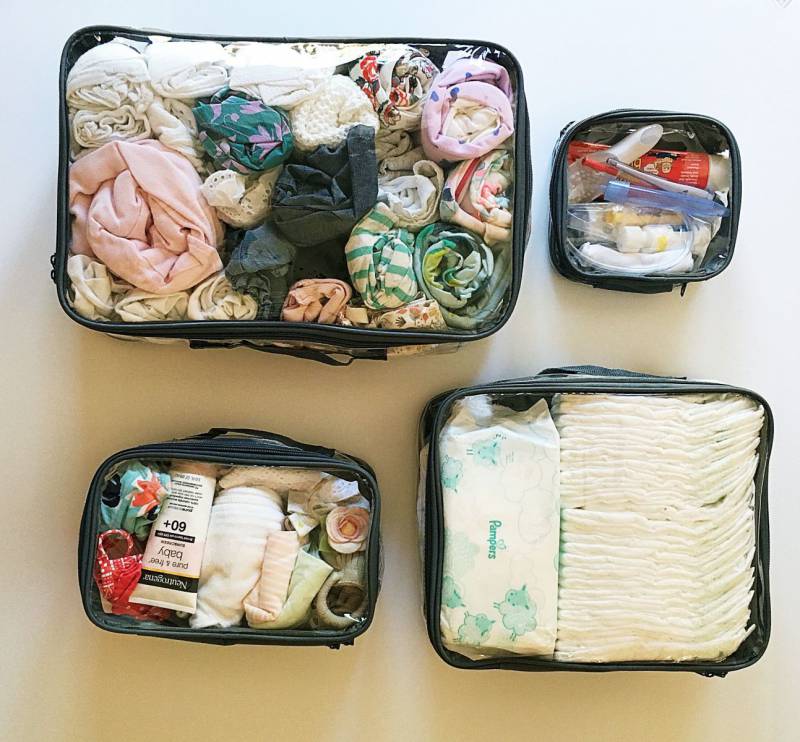
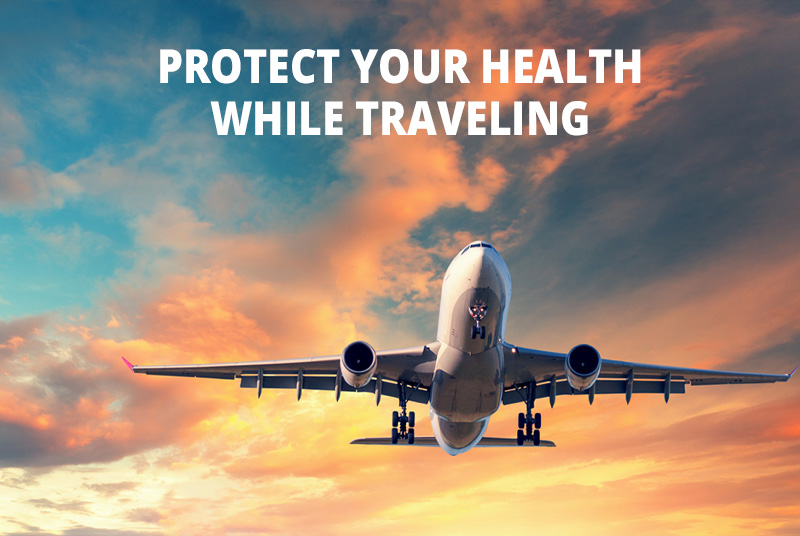
.png)
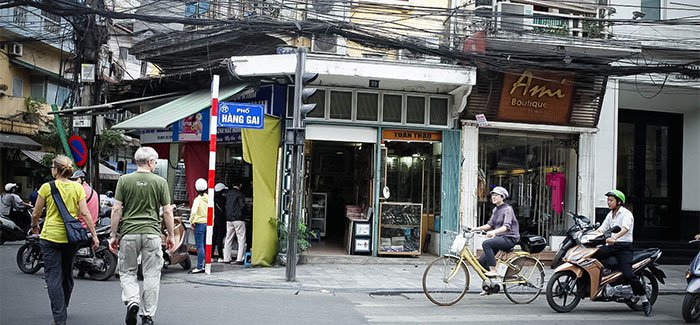
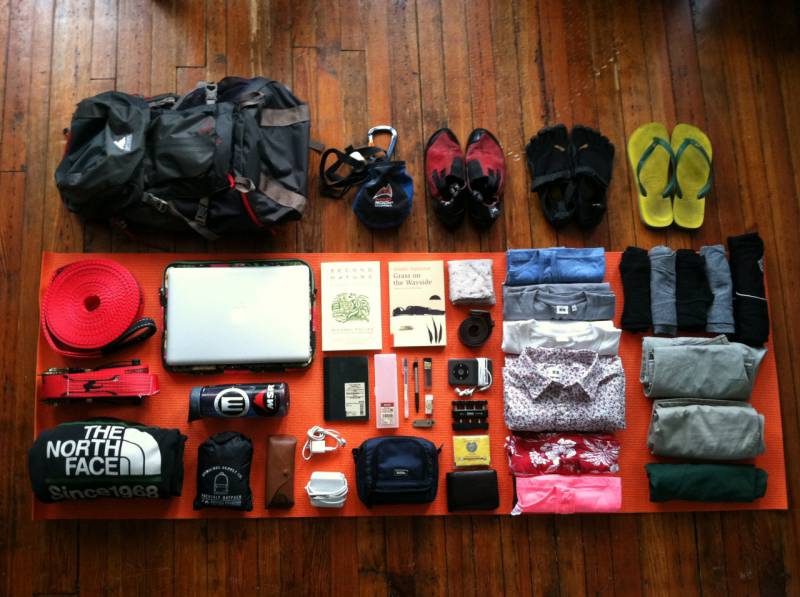

.jpg)
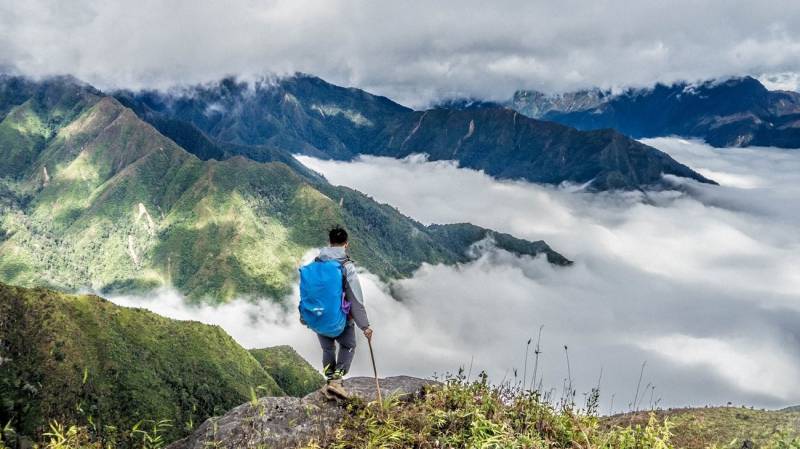
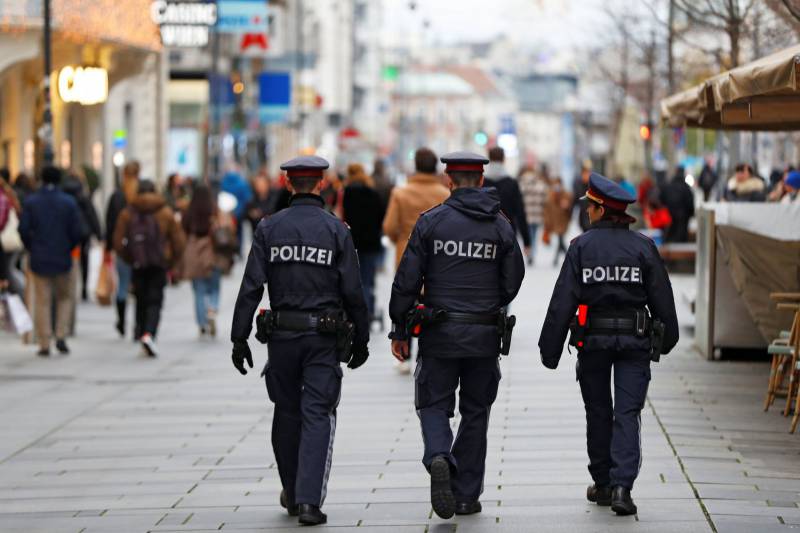
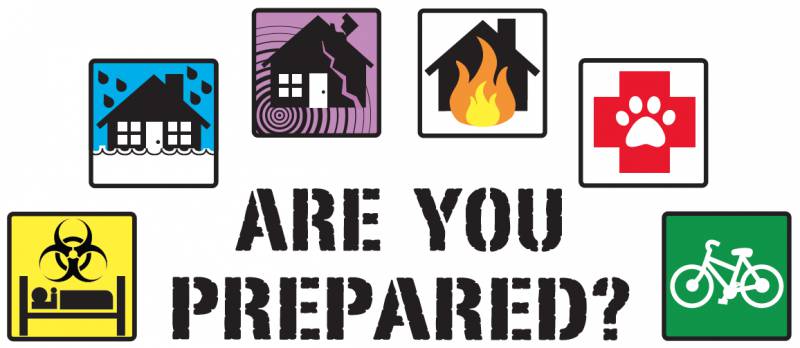

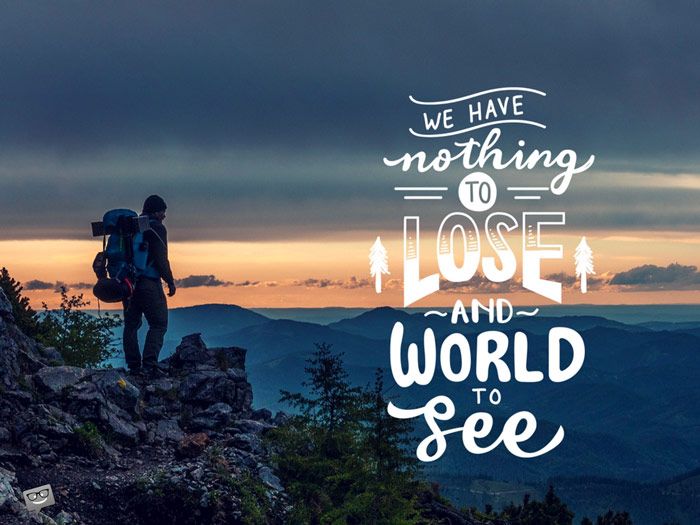
.jpg)
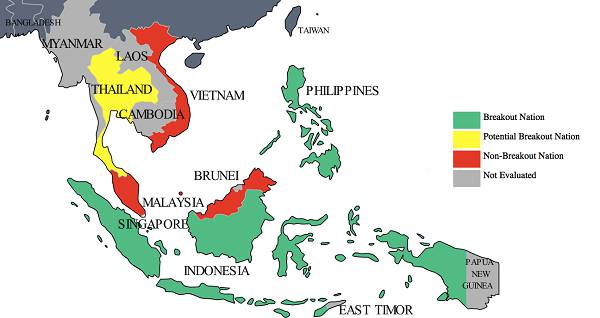
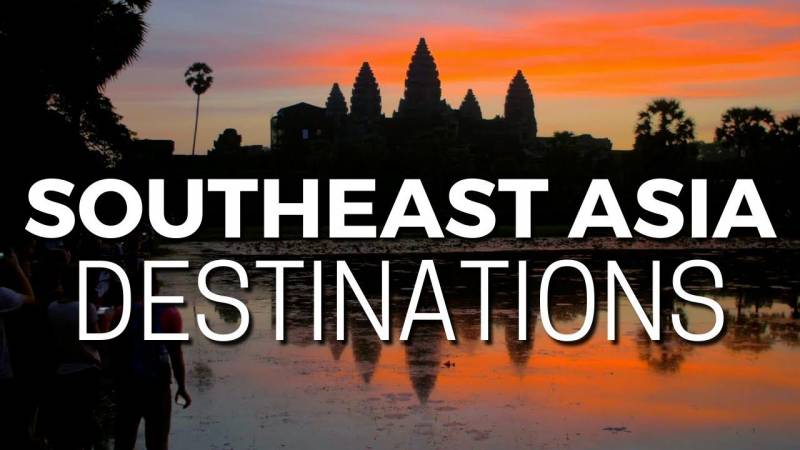
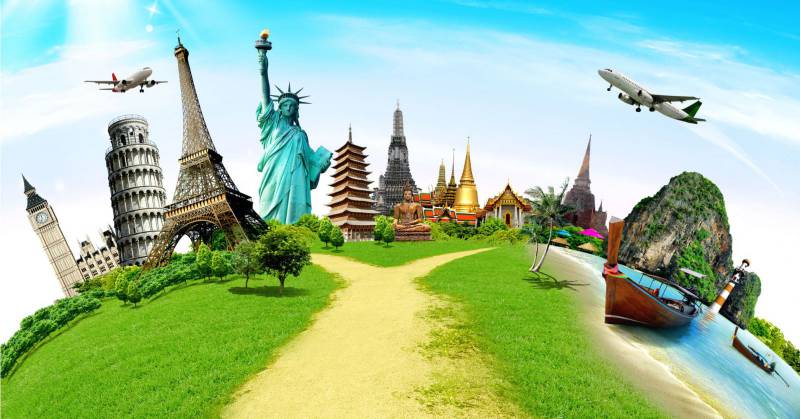
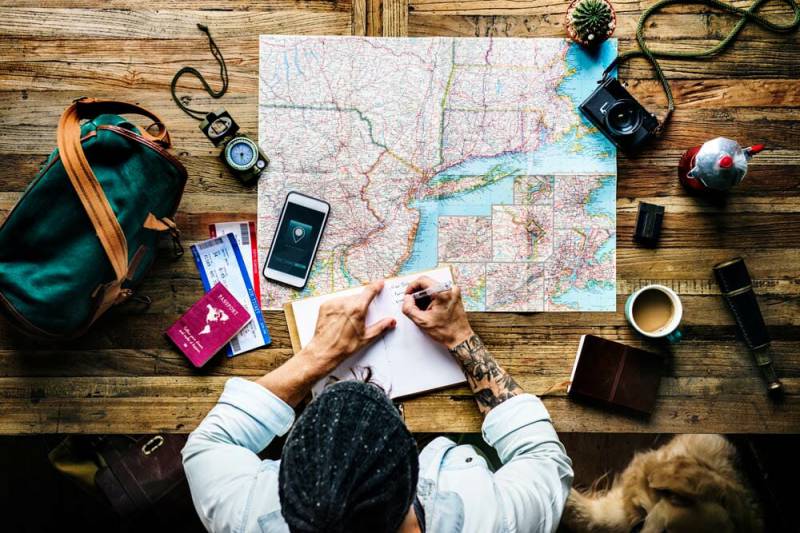
.jpg)






